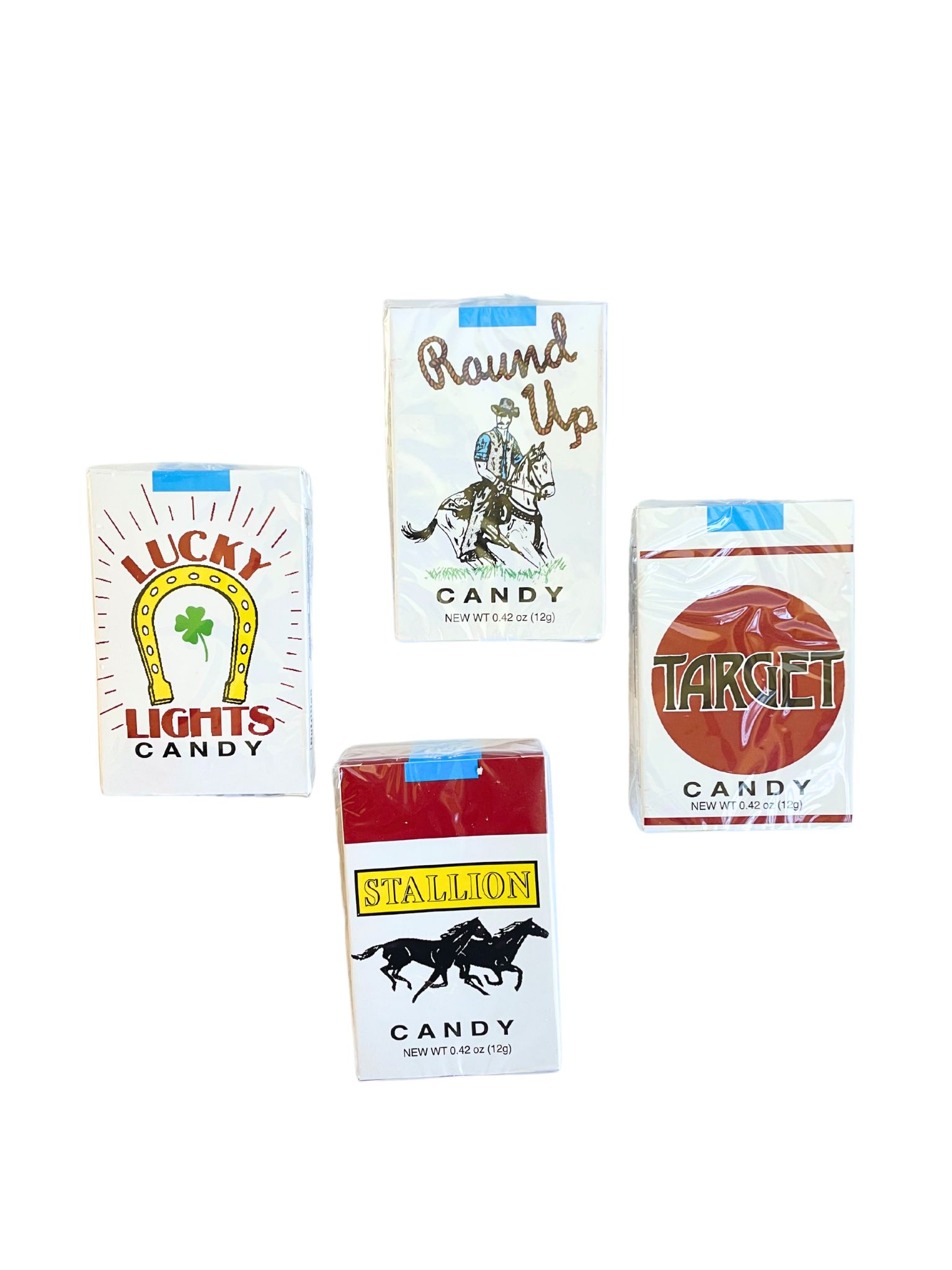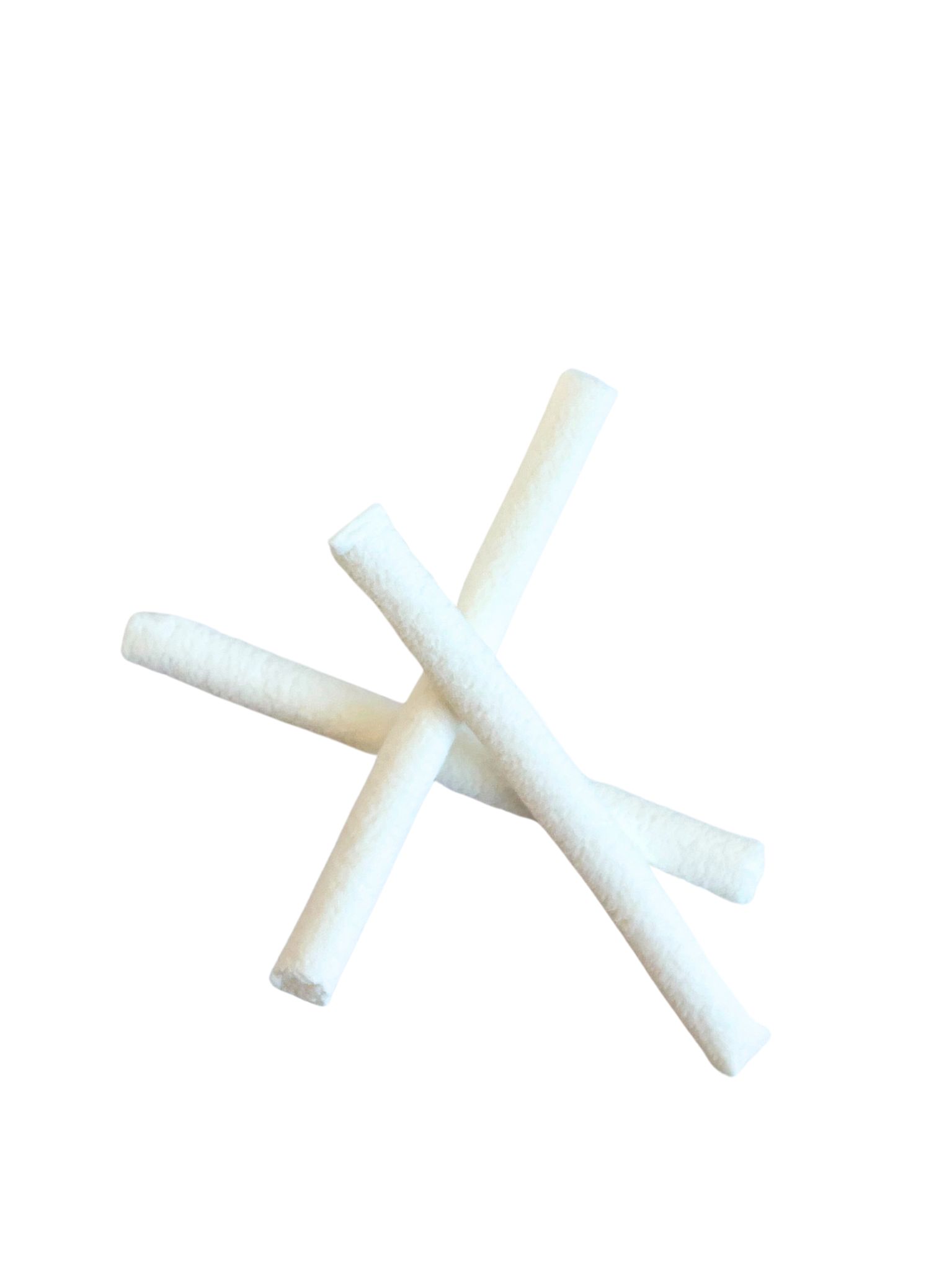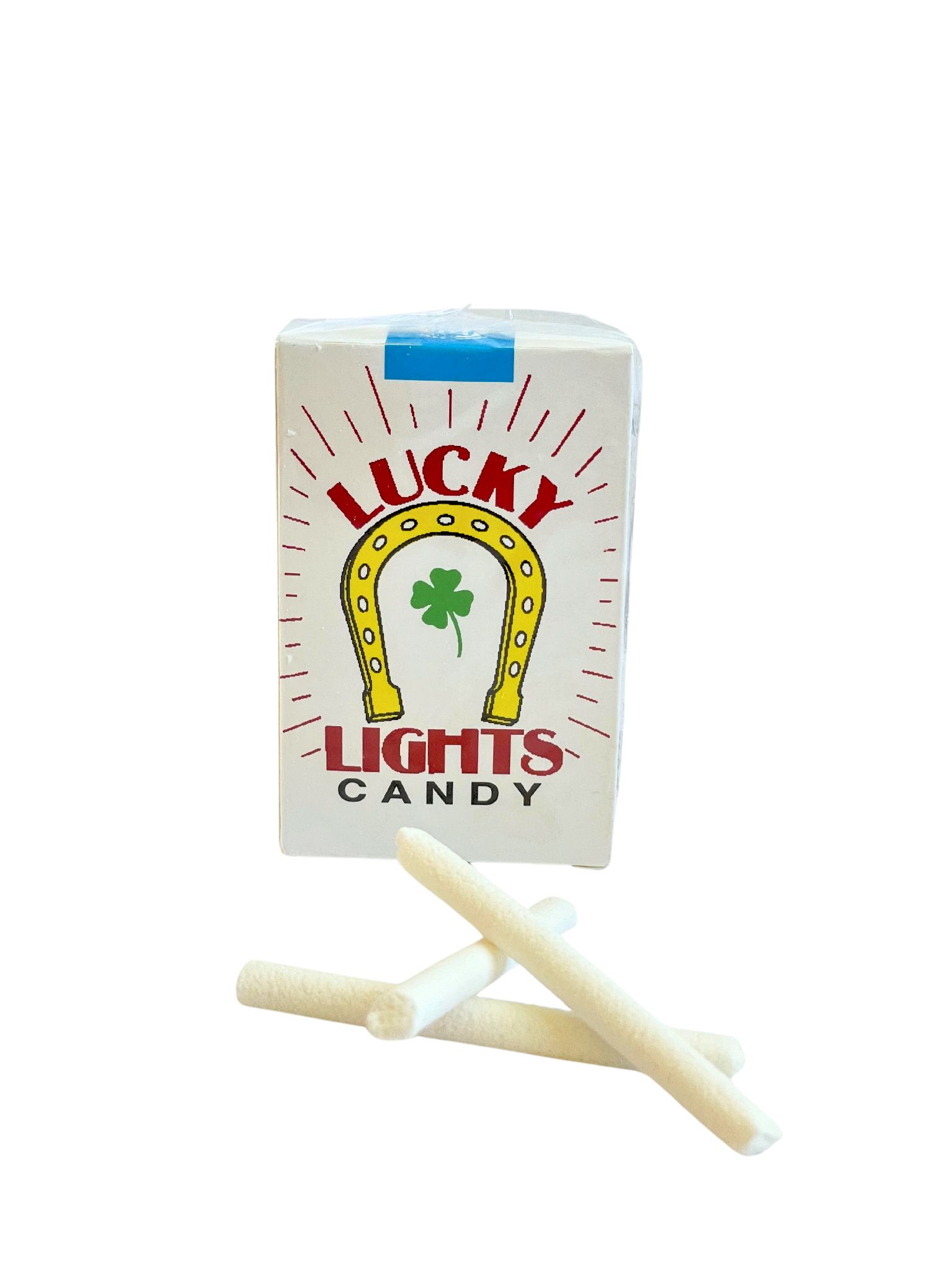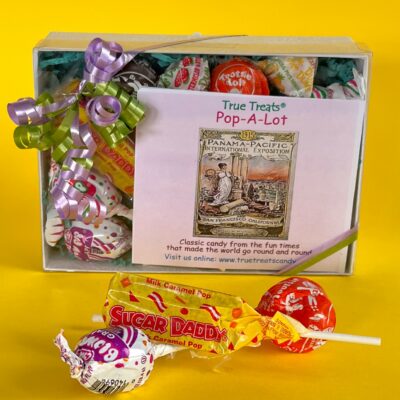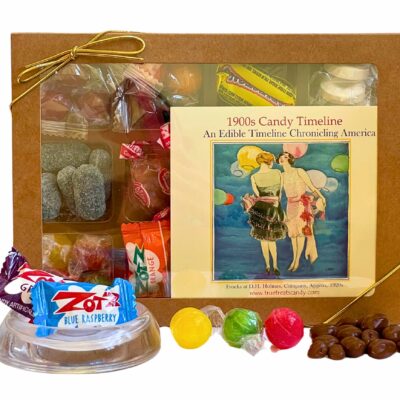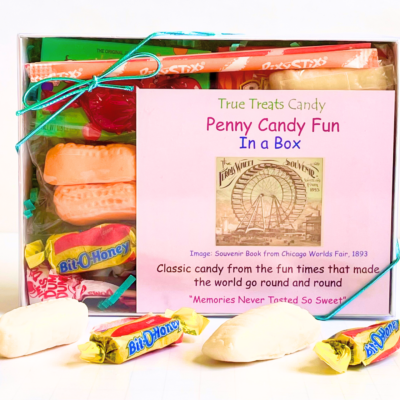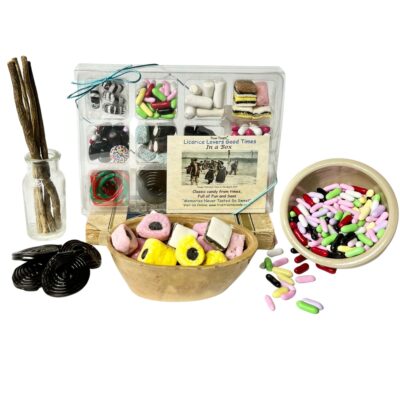Description
The Story of Candy Cigarettes: Loved, Loathed, and Lots of Fun
Why do we love candy cigarettes? Why do they have such a unique part in our memories, if not our palette? Maybe because they are so daring. So nervy. So delightfully… wrong. They were sold by the “ice cream man”, at penny candy store, and liquor stores who once carried an array of candies for kids while their parents shopped for more adult products a few aisles away.
Candy cigarettes were also sold at pharmacies, along with an array of other candies. Surprised? Don’t be. Candies originated in apothecaries where sugar, the primary ingredient, was also an important medicine. Kids loved candy cigarettes, parents feared them, and the FDA took measures to ban them even before there was an FDA.
“Let’s Ban Candy Cigarettes!”
Protests against candy cigarettes started in the second launch of the candy industry. I say second, because the candy of today took off in the 1840s with such marvels as NECCO Wafers, gumdrops, and pulled creams. All things candy shut down in the Civil War and didn’t return until a decade or so later. As before, candy was marketed to kids – inexpensive and fun. Many of them reflected the lifestyle of grown-ups, both good and bad, such as pretend whiskey bottles, toy glass guns loaded with candy “bullets,” and, of course, candy cigarettes.
While many anti-candy activists cited the artificial or otherwise unsavory ingredients in candy, their objection to candy cigarettes was different. They wouldn’t kill you, exactly, but they would ruin your life. One of them, Reverend James E. Smith, declared in 1902, “These candies may look harmless, but they are leading the minds of our boys toward temptation, they are enticing our children to become drunks and cigarette fiends.” The Reverend was far from alone in his crusade. Among the many followers, he praised one cohort, Miss Lucy Page Gaston, aka “The cigarette smasher.”
More to the point, candy cigarettes, like other candies, were considered a gateway drug of sorts…with a most bizarre twist of logic. The Ladies Home Journal of 1906, for example, explained, “The first craving from ill feeding [of candy] calls for sugar; later for salt; then tea, coffee; then tobacco; then such fermented beverages as wine and beer; and lastly alcohol.” So, by that reasoning, candy is a gateway to…salt?
More Cigarette Problems…Including Cigarettes
The problem went beyond eating candy to the very act of buying candy. This power of the purchase could lead children to feelings of independence and self-assuredness. And that could get them to believe they were adults, and start acting like adults, which inevitably led to drinking, gambling, and, yes, smoking. Working-class children (aka urchins, lower class, etc.) were most vulnerable as they lacked discipline and the principled background of their wealthier counterparts, so it was said.
But what of the actual candy cigarette/cigarette connection? It seems some old timers did believe candy cigarette might, indeed, lead to smoking, as today’s pundits suggest. These cigarettes were no mere nicotine addiction. According to one article published in 1890
“…You know the real cigarette would keep him from growing up into a strong and healthy boy; it would steal his red cheeks from him; would take away his power to learn rapidly; would care less for good and beautiful things…”
The article then brings home the most sobering testimonial against candy cigarettes imaginable – the Bible. “The Bible tell us we must ‘abstain from all appearances of evil’ – anything that looks like evil…Would this not be a good place to practice what that verse teaches us?”
Make no mistake – defenders of candy cigarettes were many and while I have no facts to prove the case, the pro-candy cigaretters outweigh the con-candy cigaretters. Says one commentary on the subject in the Wall Street Journal, 1966: “Most little boys enjoy playing Grownup, whether it’s swaggering around with a candy cigarette, a rubber cigar, or licorice “chewing tobacco. It’s hard to believe a candy cigarette user is more likely to become a smoker than a child who tosses play money around is likely to become a counterfeiter.”
Regardless of the many attempts to stop the sale of candy cigarettes, candy cigarettes remained the favorite it is today…with one major pause.
Candy Cigarettes: The Pause
Candy cigarettes were indeed banned in the U.S. in 2009 under the FDA’s Family Smoking Prevention and Control Act. The debate behind the FDA’s most recent, albeit erstwhile, decision was based on studies showing that candy cigarettes led to cigarette smoking.
Candy cigarette fans, researchers among them, disagreed. Behaviors were set by role models, especially peers, and candy cigarettes on their own may have been seen as grown-up behavior but were essentially fun and, by the way, harmless.
Fortunately, the ban was but a pause in candy cigarette production although the little red spot at the end of candy cigarettes has vanished. The almost-real paper filter on the chocolate and bubble gum cigarettes remains the same.
Today, candy cigarettes have a place on candy shelves where they remained delighting and infuriating for over a century since their creation.
True Treats happily and guiltlessly carries all three kinds of the very non-tobacco cigarettes of the past – chocolate, candy, and bubblegum, each with their own packaging, flavors, and textures… all in cigarette pack containers.
Check out this video from Candy Historian Susan Benjamin about Candy Cigarettes!


